Mushrooms are a fascinating group of fungi that come in a wide variety of shapes, sizes, and colors. While some mushrooms are delicious and safe to eat, others can be deadly poisonous. It is therefore essential to be able to accurately identify mushrooms, both for foragers looking to harvest wild mushrooms for food and for anyone who may come into contact with mushrooms in the wild.
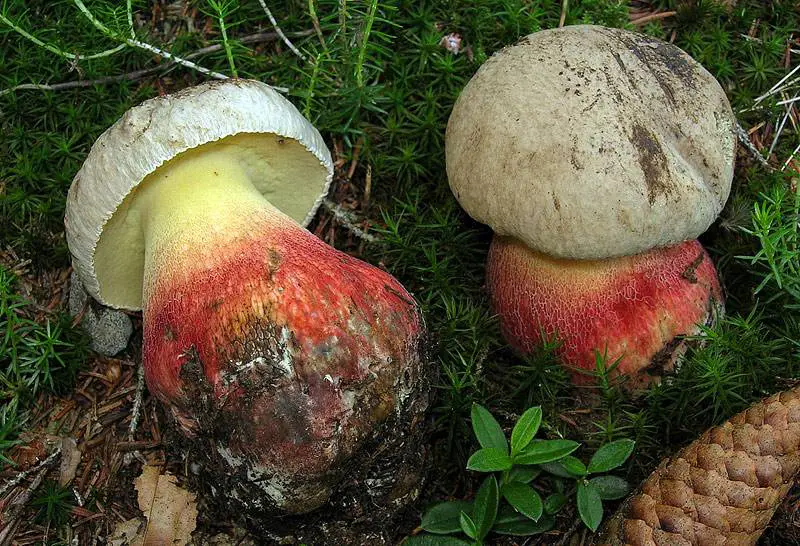
There are three main types of mushrooms: edible, poisonous, and medicinal. Edible mushrooms are safe to eat and are often used as a food source. Poisonous mushrooms can cause severe illness or death if ingested, and it is important to be able to distinguish them from edible mushrooms. Medicinal mushrooms have been used for centuries in traditional medicine and are believed to have a variety of health benefits.
Knowing how to identify mushrooms is also crucial for understanding and preserving the natural environment. Many mushrooms play important roles in breaking down organic matter, forming symbiotic relationships with plants, and providing food for wildlife.
In this article, we will provide an overview of the key characteristics used for mushroom identification, and offer tips on how to safely and accurately identify different types of mushrooms, including edible, poisonous, and medicinal varieties.
Table of Contents
Why you should not rely on folk methods?
Poisonous mushrooms, like edible mushrooms, can taste good. Therefore, do not try dubious specimens. Even just by licking a dangerous mushroom, you run the risk of serious poisoning. The aroma also does not say anything: poisonous options can have not only a sharp, but also a pleasant smell, or even not smell at all.
Not an indicator and darkening of the fungus when broken. This property is present in both good and bad options. And you should not think that heat treatment or long soaking in various solutions will save the product from toxicity. By the way, there is an opinion that the worm mushroom is definitely edible. Do not believe this dangerous myth: even the pale grebe can be eaten by insects.
Ways To Identify Mushrooms Accurately
There are several ways to accurately identify mushrooms, including:
Using a field guide or mushroom identification key
A field guide provides detailed descriptions, illustrations, and information about the physical characteristics, habitat, and distribution of different mushroom species, this can be particularly useful for identifying mushrooms that may be difficult to identify on your own.
For example, a field guide can help identify a mushroom by its cap shape, gill structure, stem shape, spore color, and other physical characteristics. Some field guides are specific to a certain region or group of mushrooms, while others cover a wider range of species, so it’s important to choose the right guide for the area you are in.
Consulting with an experienced mushroom hunter or mycologist
These individuals have extensive knowledge of mushrooms and can help identify mushrooms that may be difficult to identify on your own. They can also provide valuable information about the edibility and toxicity of mushrooms, as well as information about their habitat, and distribution.
For example, if you come across an unknown mushroom in the wild, an experienced mushroom hunter may be able to identify it as a safe-to-eat morel, even if you are not able to identify it yourself.
Examining physical characteristics
This includes observing the cap shape, gill structure, stem shape, spore color, and other physical characteristics of the mushroom. Examining physical characteristics can help narrow down the possible species of the mushroom, for example, a mushroom with a smooth, rounded cap and tightly packed, closely spaced gills is likely to be a different species than a mushroom with a wrinkled, cone-shaped cap and widely spaced gills.
Taking note of the mushroom’s habitat and distribution
Some mushrooms are only found in specific regions or environments, and their habitat and distribution can be used as an identifying characteristics.
For example, if you find a mushroom growing in a coniferous forest, it is likely to be a different species than one found growing in a deciduous forest.
Using online resources
There are many online resources, including apps, websites, and forums, that can be used to identify mushrooms. These resources often include pictures, descriptions, and identification keys for different species of mushrooms. This can be especially useful for identifying mushrooms that may be difficult to identify on your own.
Microscopic analysis
If still in doubt, a microscope can be used to examine the spores of the mushroom, which can be a reliable way of identifying mushrooms with similar macroscopic characteristics. This method is most often used by mycologists and is considered the most accurate method for identifying mushrooms.
How to identify edible mushrooms
As you know, there are a great many mushrooms, and you can study them for many years. Therefore, we will dwell on the most common edible “inhabitants” of the forest and tell you how not to confuse them with dangerous counterparts.
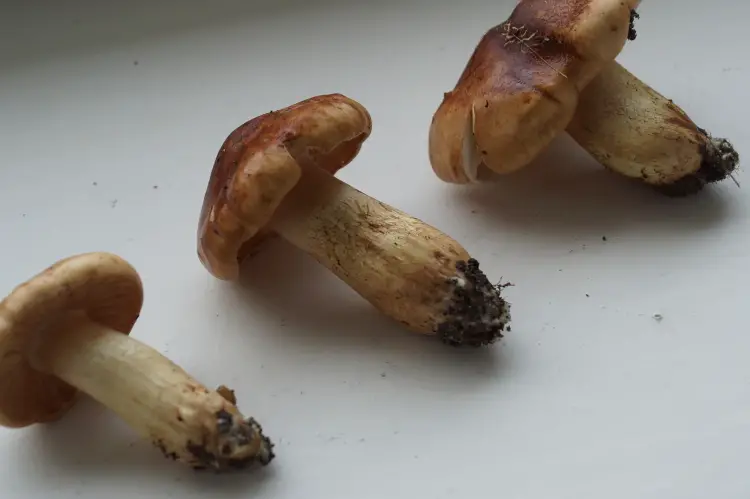
Identify mushrooms from false
Learning to distinguish honey mushrooms is a difficult task. At first glance, both false and real ones look the same and grow in clusters in the same places: on stumps, trees, and fallen logs.
Take a close look at the find. Edible specimens always have a “skirt”: in a young honey agaric, the hat is covered from below with a film, which, as it grows, comes off and remains on the leg in the form of a ring. False ones never have such “decoration”.
Also, the caps of real mushrooms are covered with scales, which are slightly darker than the main color of the mushroom. True, the old ones lose this property and become smooth, so take only a young crop with a terry surface. So you can’t go wrong, because inedible twins are smooth at any age.
Edible mushrooms are painted in soothing brownish-gray tones, the plates under the hat are creamy beige, brownish or pale yellow. The color of the false ones is more pronounced – from yellow to red, and the plates under the hat are green, yellow or dark olive.
If you have never collected mushrooms, we advise you to go after them for the first time with an experienced mushroom picker, who will clearly show the main signs of edible and inedible options.
identify porcini mushroom
It is rather difficult to make a mistake when collecting mushrooms due to their recognizable appearance. The color of the cap of this mushroom can vary from golden to dark brown. Beneath it is a light yellow tubular flesh, which becomes darker in older mushrooms. On the cut, the flesh will always be white, in contrast to the pulp of the double gall fungus, which begins to turn pink. Also, in a false specimen, the “sponge” under the hat also turns pink.
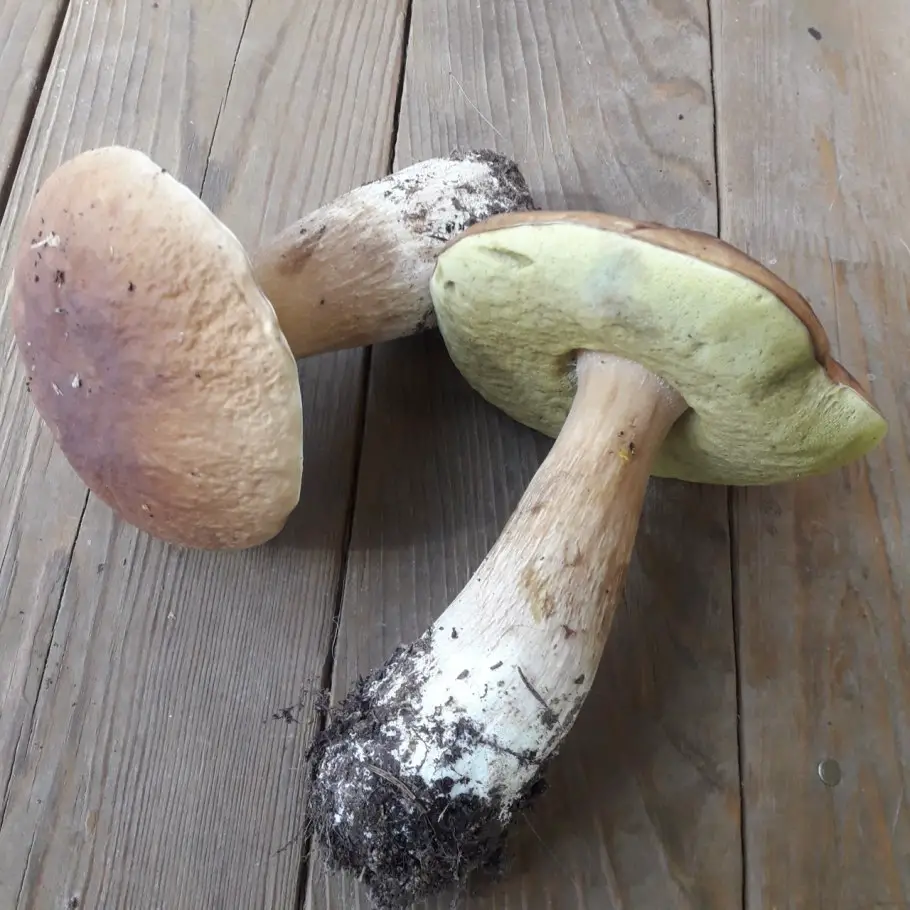
There is good news: even if the gall fungus accidentally gets into the basket, you won’t be able to eat it. It has an incredibly bitter taste that does not disappear when boiled or fried.
You can also find a poisonous satanic mushroom. At the same time, its appearance is definitely in doubt: a grayish-white hat on a bright red leg. The flesh on the cut turns blue or turns red. If you see such a specimen, do not take it, but rather take a photo, because meeting this mushroom is a rarity.
Identify real chanterelles Mushroom
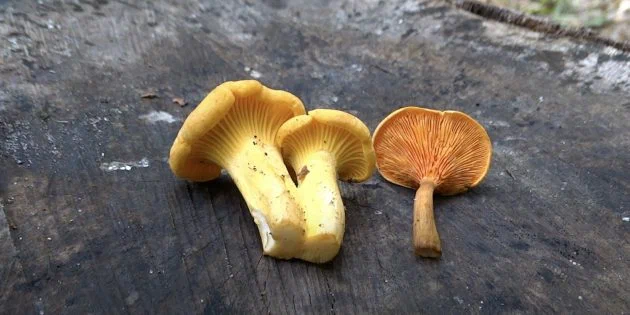
The edible chanterelle has a uniform coloration ranging from pale yellow to bright orange. The edges of the cap are corrugated, and the older the mushroom, the more openwork it will be. In a real chanterelle, the leg is dense and thick.
The false variety most often cannot boast of a uniform color: the hat can be bright orange on top and reddish below. In addition, its edges are even in an adult specimen. Another inedible double is given out by a thin leg.
True chanterelles usually grow in groups and are extremely rarely wormy. False ones are mostly found singly and are more often undermined by insects.
Identify boletus Mushroom
The boletus has a convex smooth hat of a muted grayish or brown hue. The stem of the fungus is usually thin, a slight thickening from below is possible. And yet, as a rule, it is covered with dark or almost black scales, which are easily peeled off with a knife. Because of this coloring, the boletus leg is often compared with a birch trunk.
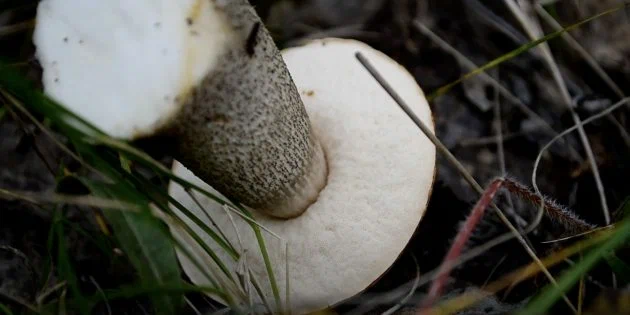
Under the cap is a tubular mushroom. In a young boletus, this “sponge” is dense and almost white, and with age, it becomes dark gray, moist, and squishy to the touch – when pressed, dents remain on it.
False brother’s bile fungi turn pink on the cut, and their “sponge” under the hat is also often grayish-pink. Inedible options instead of scales on the legs have a convex brown vascular network. And the caps of such mushrooms are painted in more saturated colors from bright brown to reddish green.
Identify russula Mushroom
The caps of these edible mushrooms come in a wide variety of colors, which makes them easy to confuse with similar dangerous species. The first thing to remember: a real russula never has a film ring on the leg, unlike, for example, a pale grebe.
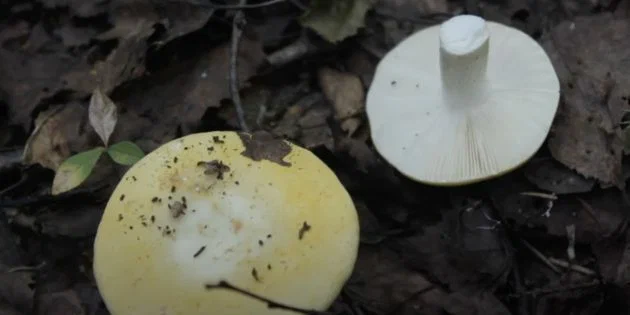
In addition, novice mushroom pickers should not collect russula with bright red hats – among these, both simply bitter and poisonous counterparts can easily be found. Also, you should be confused by the pungent smell. In edible russula, on the contrary, it is a pleasant, “mushroom”. The plates under the cap and the leg should be white. By the way, true russula is very often wormy, unlike false ones.
Young specimens have convex globular caps, which straighten out as they grow, becoming flat and funnel-shaped. It is safest to collect yellow, burgundy-brown, and burgundy-purple mushrooms.
Identify Butter mushrooms
The cap of a real oiler is covered with a brownish-brown or golden slippery film, which is easily separated with a knife and stretches at the same time. Under the hat of the mushroom, there is a yellowish “sponge”, and on the leg, there is a lamellar “skirt” ring. These mushrooms, as a rule, grow in families, they are extremely rare to find alone.
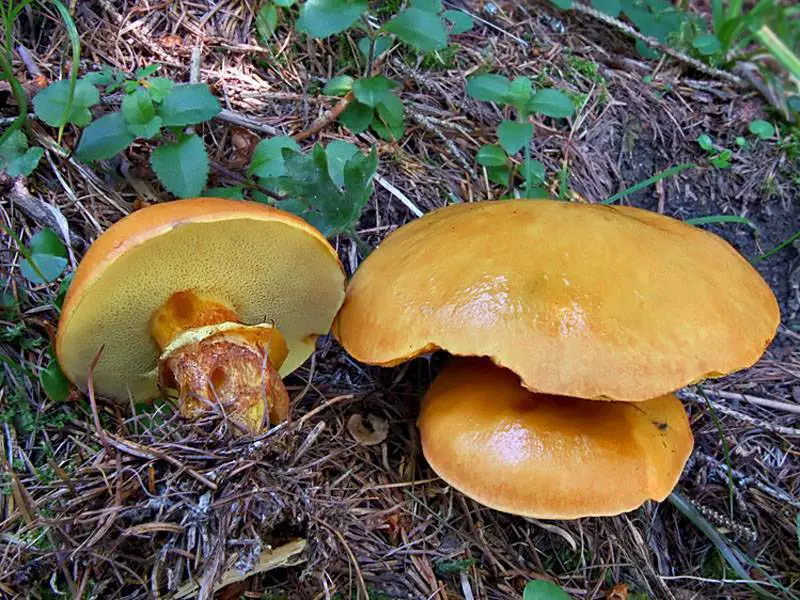
Butter mushrooms can be confused with pepper mushrooms. However, this double never has a membranous ring on the stem, and the flesh under the cap is more porous and has a reddish tint. Pepper mushroom is not dangerous, it is classified as conditionally edible because of their very spicy taste.
The edible slimy spike cap also looks like a butter dish. The double has the same slippery hat and also has a membranous ring on the leg. But it is very easy to distinguish these mushrooms: the butterflies under the hat are tubular, and the slimy spike-cap are lamellar.
Conclusion
Identifying mushrooms accurately is essential for safe foraging and understanding the natural environment. There are several ways to identify mushrooms. It’s important to use a combination of above described methods for accurate identification and to always err on the side of caution when dealing with mushrooms, especially if you’re not sure of their identification. Additionally, It’s important to be aware of the different types of mushrooms, such as the edible, poisonous, and medicinal varieties, and to always consult an expert if you have doubts. Remember, not all mushrooms are safe to eat, so it’s crucial to correctly identify mushrooms before consuming them.